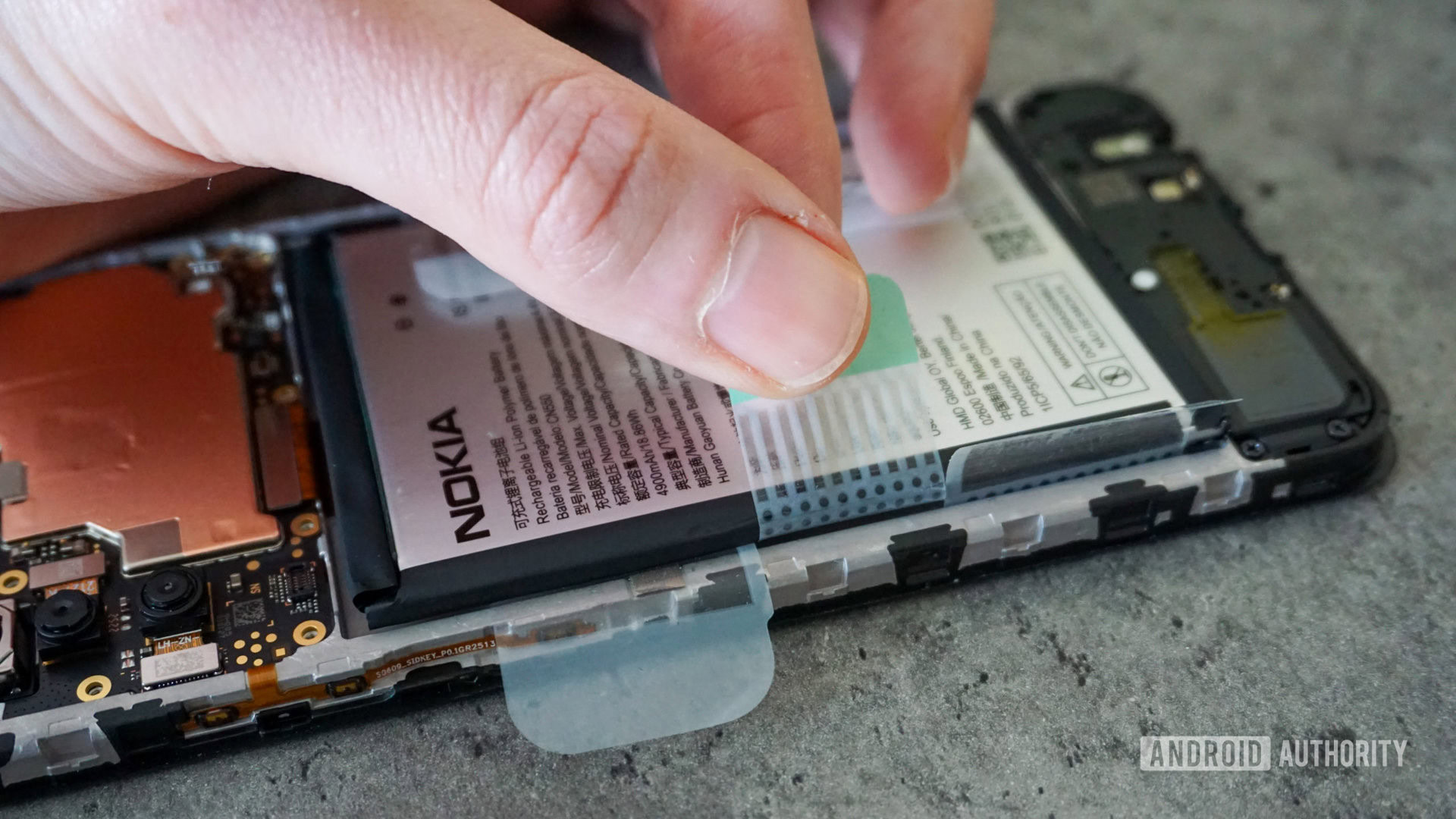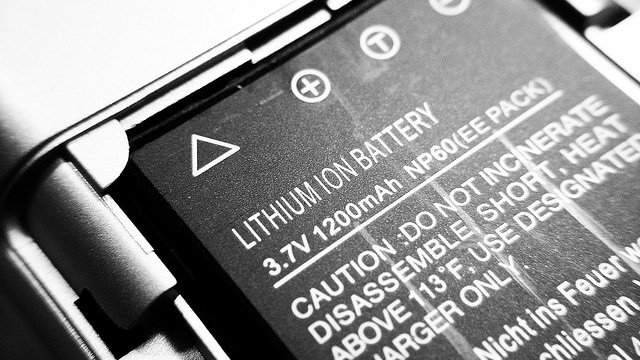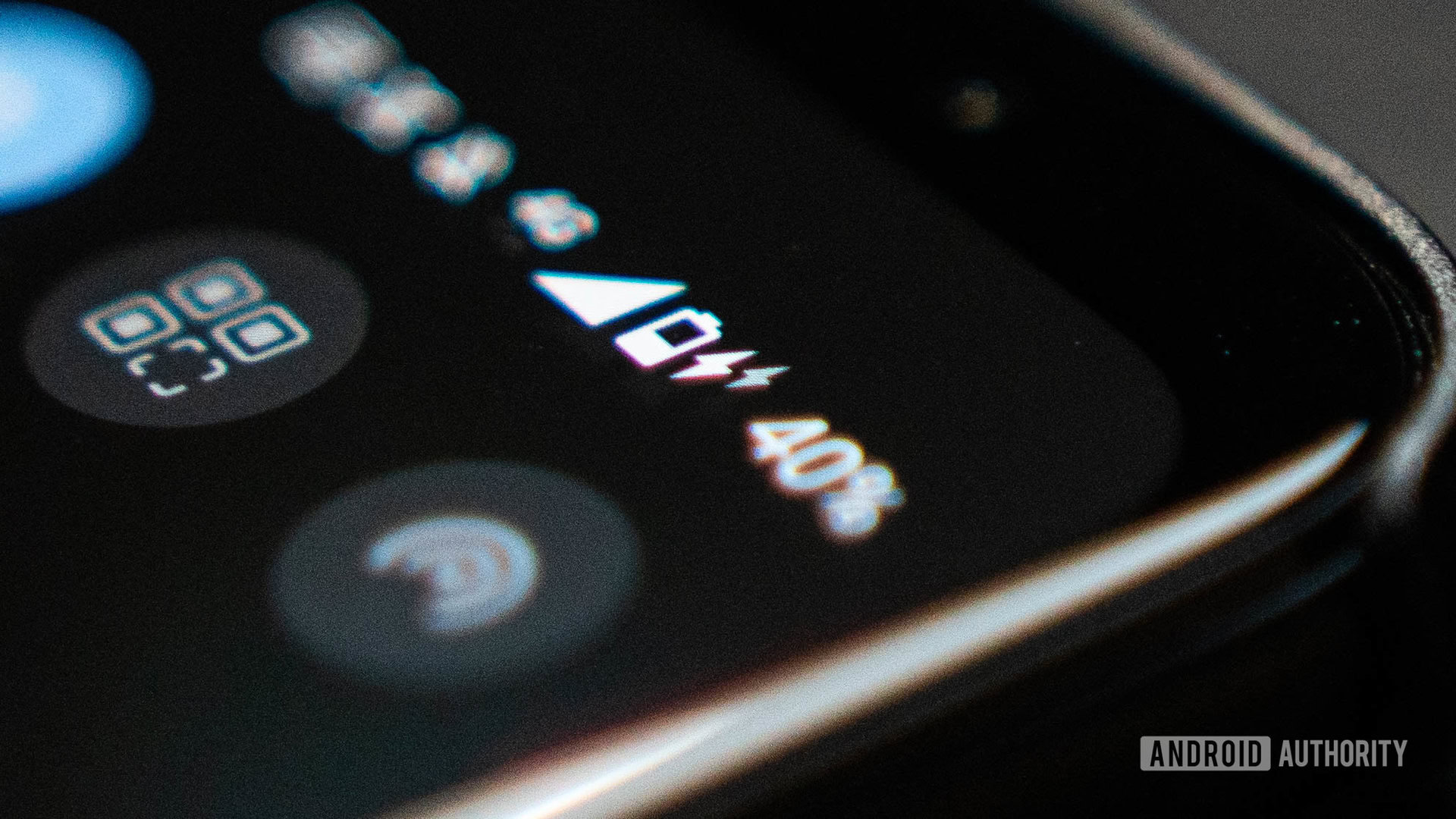Affiliate links on Android Authority may earn us a commission. Learn more.
Graphene batteries: What are they and why are they a big deal?
August 27, 2023
The average smartphone battery life has improved considerably over the past few years. Still, the allure of better battery life continues to this day, especially as screens get larger and unique form factors like foldable gain popularity. Wouldn’t it be great if our handsets lasted two or three full days of heavy use with just a single charge? What about a whole week? With graphene batteries, this might not be such a pipe dream.
In the meantime: The best portable powerbanks you can buy
What is a graphene battery?

Before delving into the graphene battery, it’s worth quickly recapping what graphene is and how it works.
We’ve written about graphene a few times here at Android Authority. It seems like one of those technologies with heaps of promise but that’s perpetually just around the corner. In a nutshell, graphene is a composition of carbon atoms tightly bound in a hexagonal or honeycomb-like structure.
What makes graphene so unique is that this structure is just one atomic layer thick, essentially making a graphene sheet practically two-dimensional. This 2D structure produces very interesting properties, including excellent electrical and thermal conductivity, high flexibility, high strength, and low weight. What we’re particularly interested in is the electrical and heat conductivity, both of which are actually superior to copper — one of the more commonly used conductive metals.
Graphene can not only conduct electricity and heat better than copper but also do so at a fraction of the weight.
When it comes to batteries, graphene’s capabilities can be used in a number of ways. The ideal use of graphene as a battery is as a “supercapacitor.” Supercapacitors store current just like a traditional battery but can charge and discharge incredibly quickly.
The unsolved trick with graphene is how to economically mass manufacture the super-thin sheets for use in batteries and other technologies. Production costs are prohibitively high at the moment, but research is helping to make graphene batteries are reality. In the future, graphene could be the material that replaces the lithium-ion batteries that the technology industry has become so reliant on for decades.
Back in 2017, Samsung announced a breakthrough with its “graphene ball” but we haven’t heard anything else since. More recently, Chinese carmaker GAC has teased a graphene-based battery that can be recharged to 80% within just 8 minutes. We are gradually creeping closer to commercial viability, but remain a way off from mainstream adoption of graphene batteries. For now, graphene-composite (using graphene to enhance the chemical properties of standard Li-ion batteries) seems like the way to go.
Graphene vs. lithium-ion batteries

Graphene batteries are often touted as one of the best lithium-ion battery alternatives on the horizon. Just like lithium-ion (Li-ion) batteries, graphene cells use two conductive plates coated in a porous material and immersed in an electrolyte solution. But while their internal make-up is quite similar, the two batteries offer different characteristics.
Graphene offers higher electrical conductivity than lithium-ion batteries. This allows for faster-charging cells that are able to deliver very high currents as well. This is particularly useful for high-capacity car batteries, for example, or fast device-to-device charging. High heat conductance also means that batteries run cooler, prolonging their lifespan even in cramped cases like a smartphone.
Graphene batteries are also lighter and slimmer than today’s lithium-ion cells. This means smaller, thinner devices or larger capacities without requiring extra room. Not only that, but graphene allows for much higher capacities. Lithium-ion stores up to 180Wh of energy per kilogram while graphene can store up to 1,000Wh per kilogram.
Graphene offers five times better energy density than a standard Li-ion battery.
Finally, graphene is safer. While lithium-ion batteries have a very good safety record, there have been a few major incidents involving faulty products. Overheating, overcharging, and puncturing can cause chemical imbalances in li-ion batteries that result in a chain reaction and ultimately, fires. Graphene is much more stable, flexible, and stronger, and is more resilient to such issues.
You don’t have to have one or the other though. Li-ion batteries can use graphene to enhance cathode conductor performance. These are known as graphene-metal oxide hybrids or graphene-composite batteries. Hybrid batteries result in lower weight, faster charge times, greater storage capacity, and a longer lifespan than today’s batteries. The first consumer-grade graphene batteries are hybrids, such as the graphene-composite power bank in the video at the top of this article.
Pros and cons of graphene batteries for smartphones

Future smartphones packing graphene power cells would exhibit the benefits outlined above. Handsets, battery packs, and the like could charge as fast or even faster than the current quick-charge technologies on the market. Battery life should also easily last a day or two, if not longer, and devices could be thinner and lighter than they are now.
The move to graphene could offer 60% or more capacity compared to the same-sized lithium-ion battery. Combined with better heat dissipation, cooler batteries will extend device lifespans too. You won’t need to pay for expensive battery replacements after a couple of years to keep your old devices performing in top condition.
Don’t miss: How to extend your Android’s phone battery life
Graphene batteries would allow smartphones to be thinner or offer more battery capacity while keeping their current proportions. There are also interesting implications for fast device-to-device charging. With batteries able to support very high currents and blazing fast recharge and discharge times, gadgets could charge each other up at super-fast speeds.
The only major disadvantage to the technology is that mass production is prohibitively expensive and extremely complex, putting it out of reach for the vast majority of applications. Even so, graphene-battery technology is a tantalizing prospect for future smartphones, gadgets, electric vehicles, and much more. Fortunately, hybrid graphene products are already here and should become even more commonplace and affordable in the coming months and years. Graphene is definitely a technology to keep an eye on.